The atmosphere, land and oceans are linked through multiple natural processes in which energy is transferred between, and stored in, each. In other words, the earth could be seen as a living organism, in which various natural processes act to maintain its current state. Changes to these processes risks a shift in this natural state.
The primary effect of higher greenhouse gas concentration in the atmosphere is an increase in atmospheric temperatures, due to the 'blanket' effect of these gases, known as the enhanced greenhouse effect. This increase in temperature leads to many consequential changes in the oceans, land and atmosphere that ultimately lead to variations in the environment. Such variations include melting ice caps, an increase in sea level, acidification of the oceans and a higher frequency of extreme weather events. Some of these consequential changes can act to amplify or reduce the initial temperature change as part of feedback loops.
Climate change directly impacts the environment in causing increases in global average temperatures; and indirectly through the effects of this temperature change on the natural environment. Changes to the extent of ice-caps, sea level changes and shifts in biodiversity patterns are direct impacts of changes in temperature. Indirect effects of climate change result from the complex interactions between the earth systems - oceans, land and atmosphere. These indirect effects can ultimately result in changes to atmospheric temperatures as part of climate feedback loops.
An increase in atmospheric temperature is the primary impact of higher greehouse gas concentrations. Greenhouse gases act as a blanket in the earth's atmosphere, trapping the sun's energy. Higher atmospheric temperatures trigger multiple secondary effects due to the linkages between the earth's land, ocean and atmospheric systems. More detail can be found here
Global warming leads to the melting of the ice caps, increasing the volume of liquid water in the oceans, causing sea level to rise. Further, a warmer sea means the volume occupied by water increases (i.e. it expands as it gets warmer), also contributing to sea level rise.
The release of cold fresh water from melting ice sheets impacts ocean circulation patterns. Ocean currents are transfer energy around the globe. Changes to these patterns are therefore likely to have significant impacts on regional climates in those areas effected.
Higher temperatures are associated with more energy in the atmospheric, land and ocean systems. In certain places, this increase in energy is likely to lead to higher probabilities extreme weather events occurring and greater impacts when they do occur. This is described more here.
The oceans act as a sink of carbon in the atmosphere, absorbing carbon through a process known as the 'solubility pump'. As carbon is absorbed in water, a carbon acid is formed, causing the pH of the oceans to decrease (i.e. become more acidic). This risks adversely impacting ocean ecosystems. More detail can be found here.
The earth's natural systems are made up of multiple complex interactions, which can serve to re-enforce an initial change or reduce it. These are termed 'positive' and 'negative' feedbacks. A number of examples are shown in the diagram below
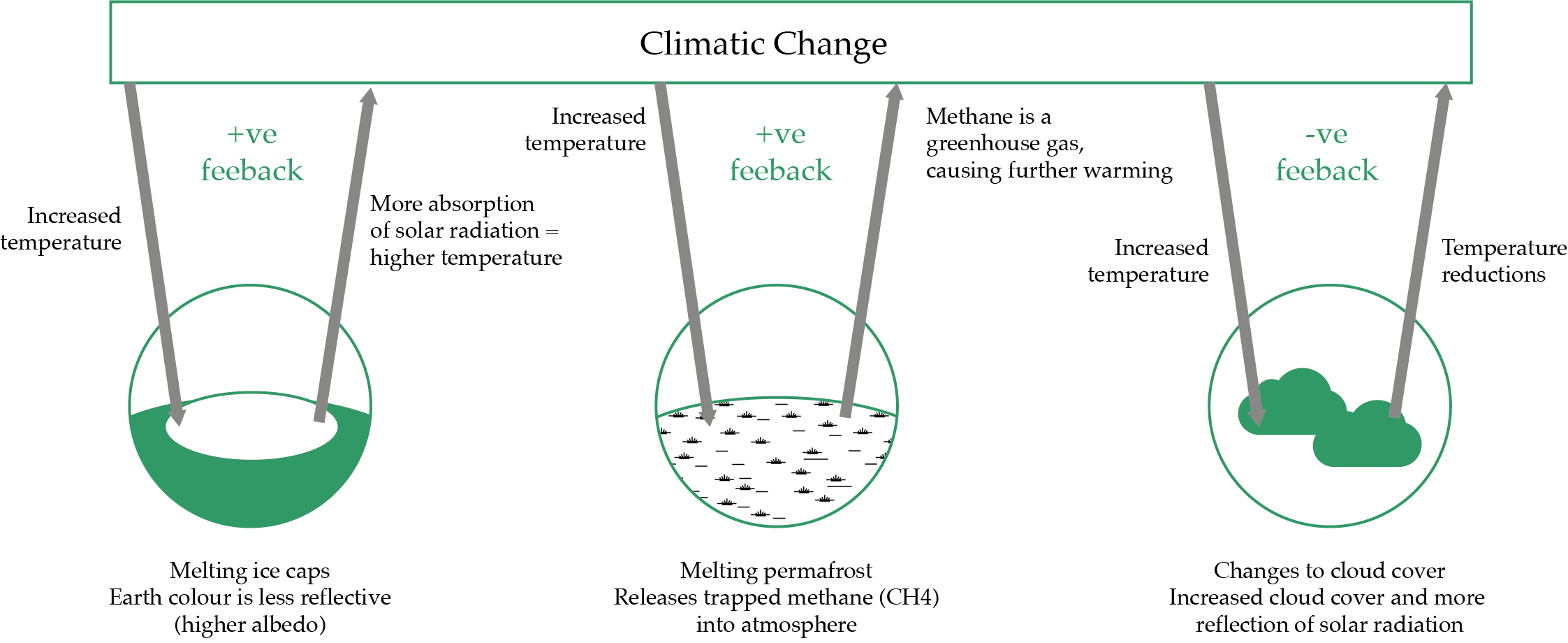
Positive feedback loops act to accentuate an initial change to exaggerate such change. For example, an increase in temperature that causes accelerated cold meltwater from glaciers to enter the ocean system may reduce ocean circulation patterns that transfer heat from the equatorial regions to higher latitudes. This serves to further reduce temperatures and accelerate the production of meltwater. Similarly, a reduction in the coverage of ice reduces the 'albedo', or reflectivity, of the earth's surface (due to an increased presence of darker colours), meaning more energy is absorbed and heating is re-enforced.
Negative feedback occurs when an initial change in a system triggers follow-on changes that act to reduce the impact of the initial change. For example, increased carbon dioxide concentrations in the atmosphere can lead to increased level of carbon dioxide absorption by the oceans over long time periods, reducing the level of greenhouse gases.
These global scale feedback loops will act to create more localised changes to our environments. Habitats adjust to changes in the climate, with associated changes to the animal life and biodiversity supported by those habitats. Further, global climate change has been linked to an increase in more extreme weather events and a shift in the patterns of those events, changing those areas exposed to flooding and natural disasters.
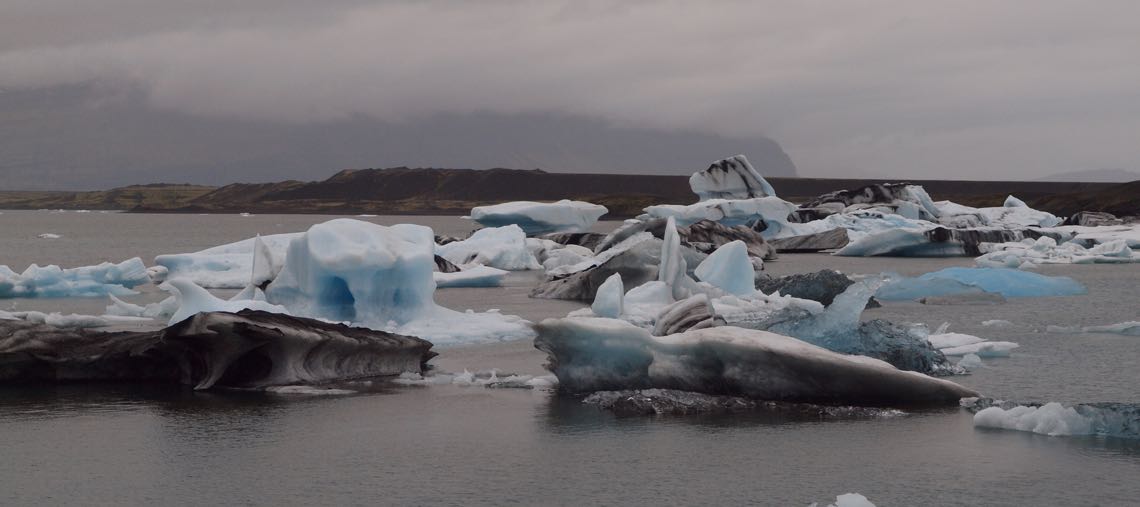 Ocean circulation
Ocean circulation Extreme weather
Extreme weather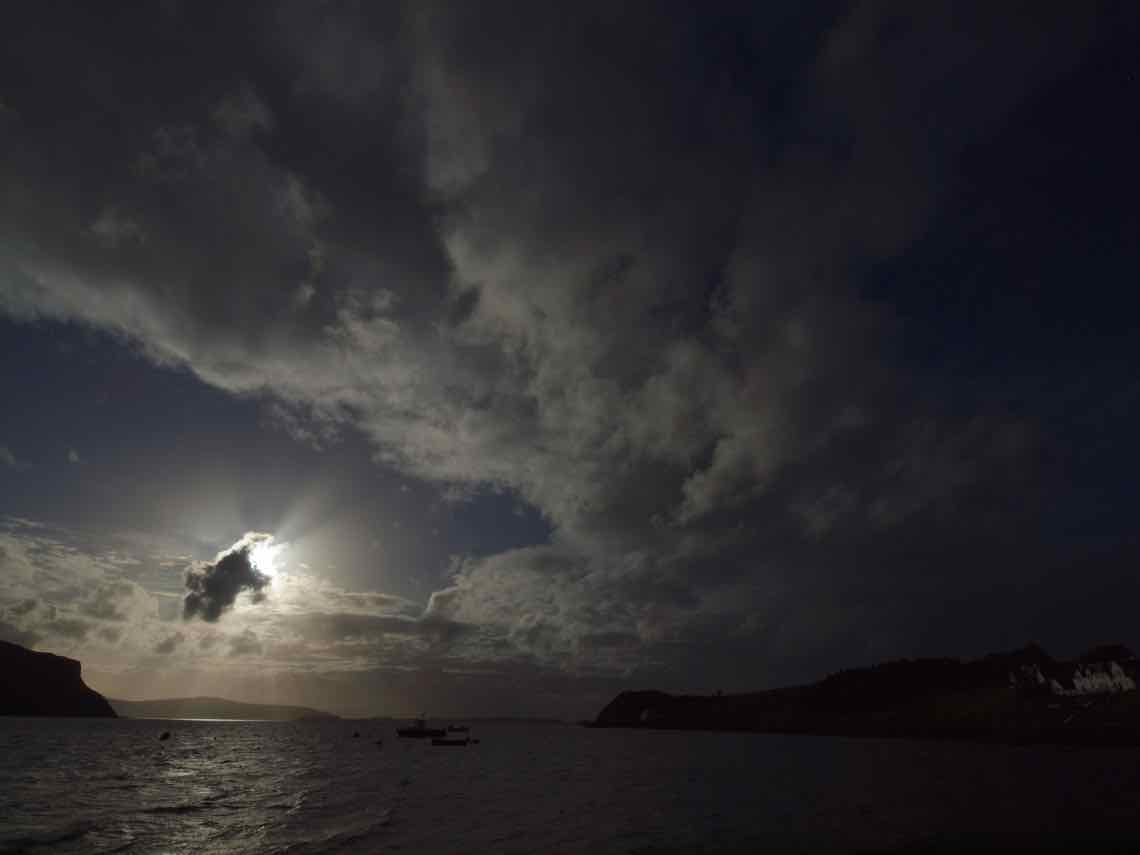 Biodiversity
Biodiversity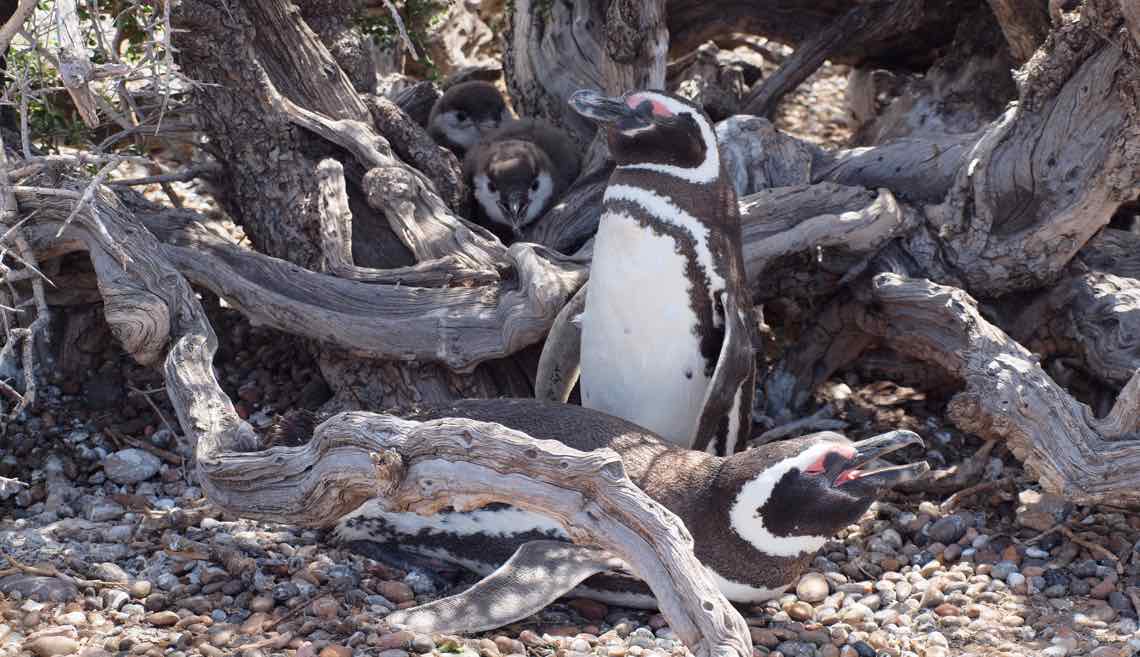 Ocean acidification
Ocean acidification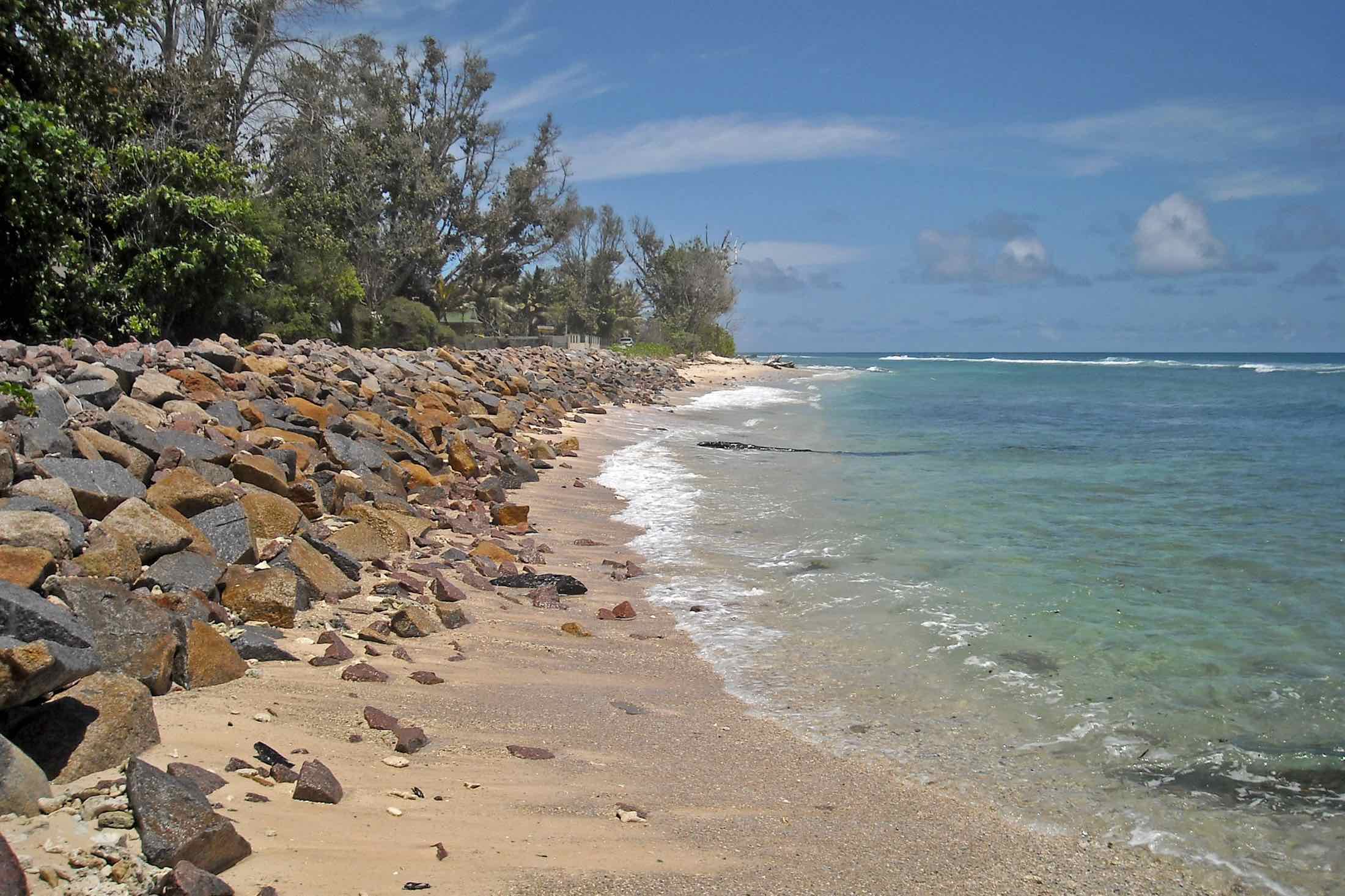 Permafrost
Permafrost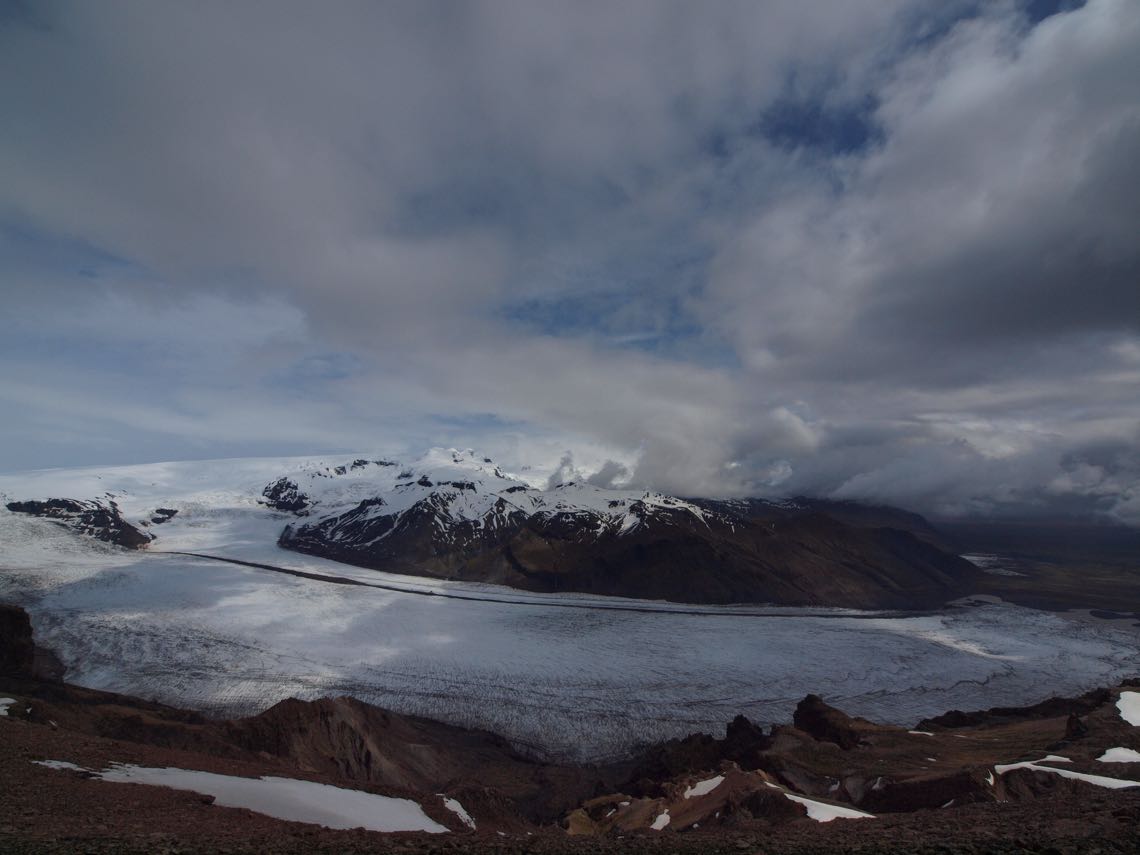 Temperature rises
Temperature rises.jpg)